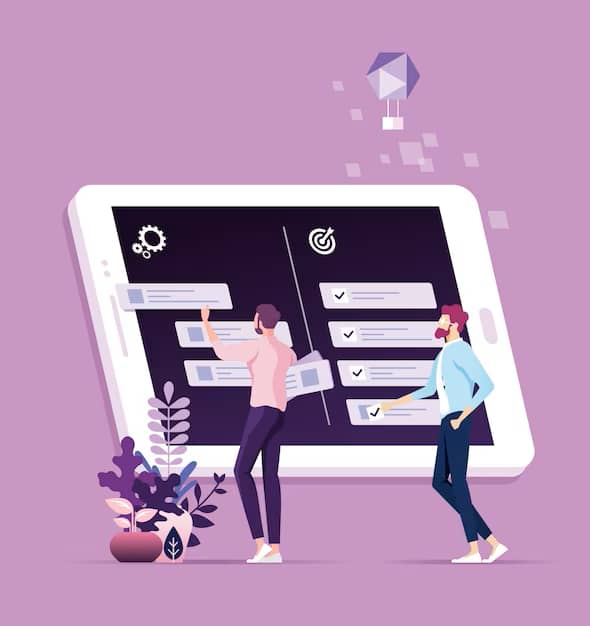Introduction
Welcome to the exciting world of web design! In 2023, we are witnessing a revolution in the way websites are created and presented to users. With advancements in technology and design techniques, the future of web design is incredibly bright. In this blog post, we will explore the top trends that are shaping the industry and revolutionizing the way websites look and feel. Get ready to be inspired and amazed by the possibilities that await!
1. Immersive User Experiences
One of the most significant trends in web design is the focus on creating immersive user experiences. Websites are no longer just static pages with text and images. They have become interactive and engaging, capturing the attention of users and keeping them hooked. With the use of cutting-edge technologies like virtual reality (VR) and augmented reality (AR), websites can now transport users to a whole new world. Imagine browsing through products in an e-commerce store using VR or exploring a virtual showroom of a car before making a purchase decision. The possibilities are endless, and the experience is truly mind-blowing.
Moreover, web designers are incorporating microinteractions into websites to enhance user engagement. These small, subtle animations or effects provide feedback to users, making them feel more connected to the website. Whether it’s a hover effect on a button or a loading animation, these microinteractions add a touch of magic to the user experience.
2. Minimalistic and Bold Designs
Gone are the days of cluttered websites with multiple elements fighting for attention. In 2023, web designers are embracing minimalistic and bold designs to create visually appealing websites that are easy to navigate. The use of whitespace, clean lines, and ample breathing space between elements creates a sense of elegance and sophistication. This minimalist approach not only enhances the aesthetic appeal but also improves the readability of the content.
On the other hand, bold and vibrant colors are being used to make websites stand out and leave a lasting impression. From gradient backgrounds to vibrant typography, these bold design choices inject personality into websites and make them memorable. Combined with minimalistic layouts, these bold designs create a powerful visual impact.
3. Mobile-First Approach
In this era of smartphones and tablets, it’s crucial for websites to be mobile-friendly. Web designers are now adopting a mobile-first approach, where they prioritize the design and development of websites for mobile devices before moving on to desktop versions. This approach ensures that websites are optimized for mobile viewing, offering a seamless and intuitive experience to users on the go.
Moreover, the rise of progressive web apps (PWAs) is changing the game for mobile web design. PWAs combine the best of both worlds – the functionality of mobile apps and the accessibility of websites. These apps can be installed on users’ devices, providing them with an app-like experience without the need to visit an app store. Web designers are leveraging PWAs to create fast, engaging, and immersive mobile experiences.
Conclusion
The future of web design is incredibly exciting, with trends like immersive user experiences, minimalistic and bold designs, and mobile-first approach taking center stage. As technology continues to evolve, we can expect even more innovative and awe-inspiring web design trends in the coming years. So, buckle up and get ready to embrace the future of web design!



